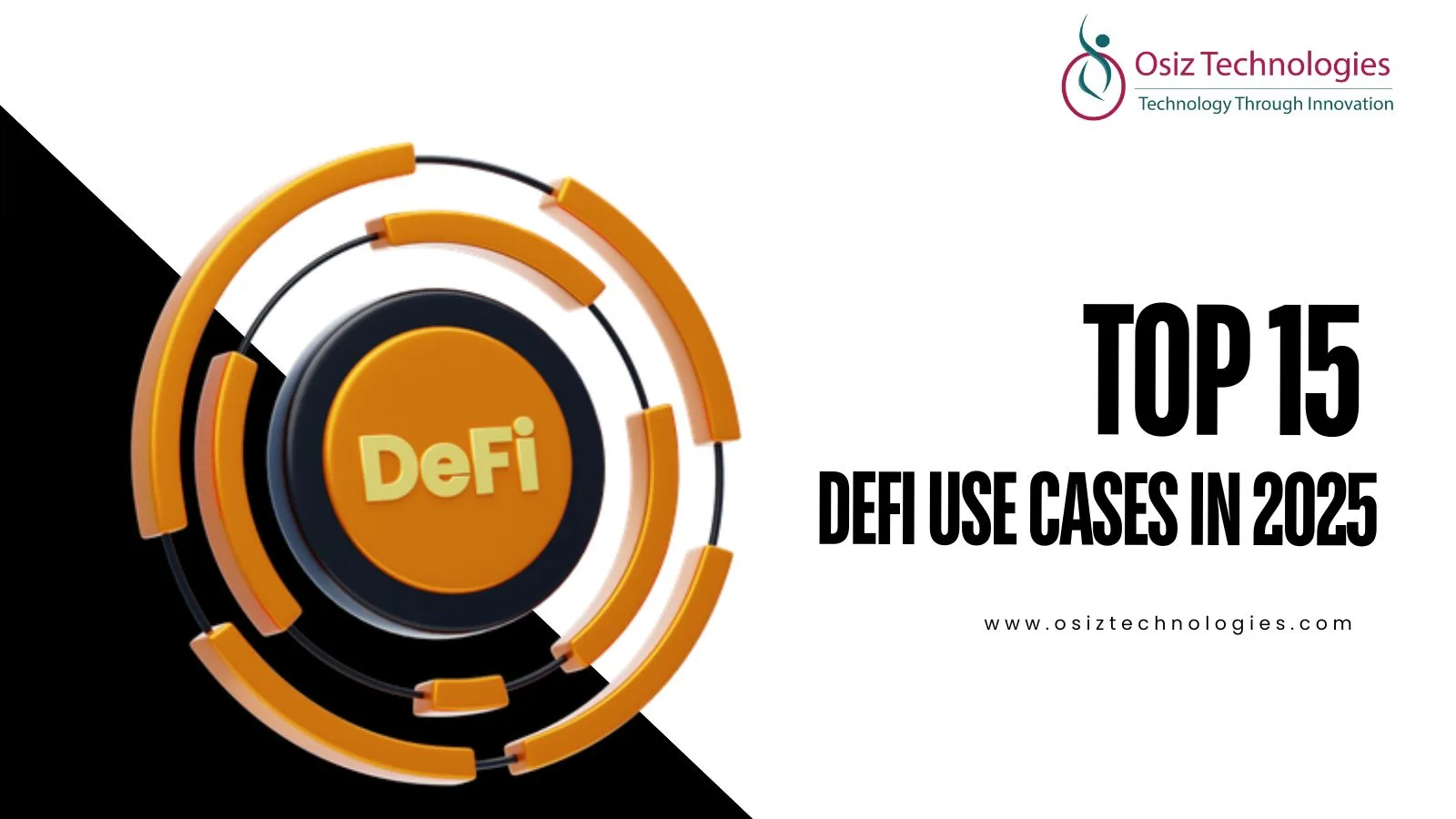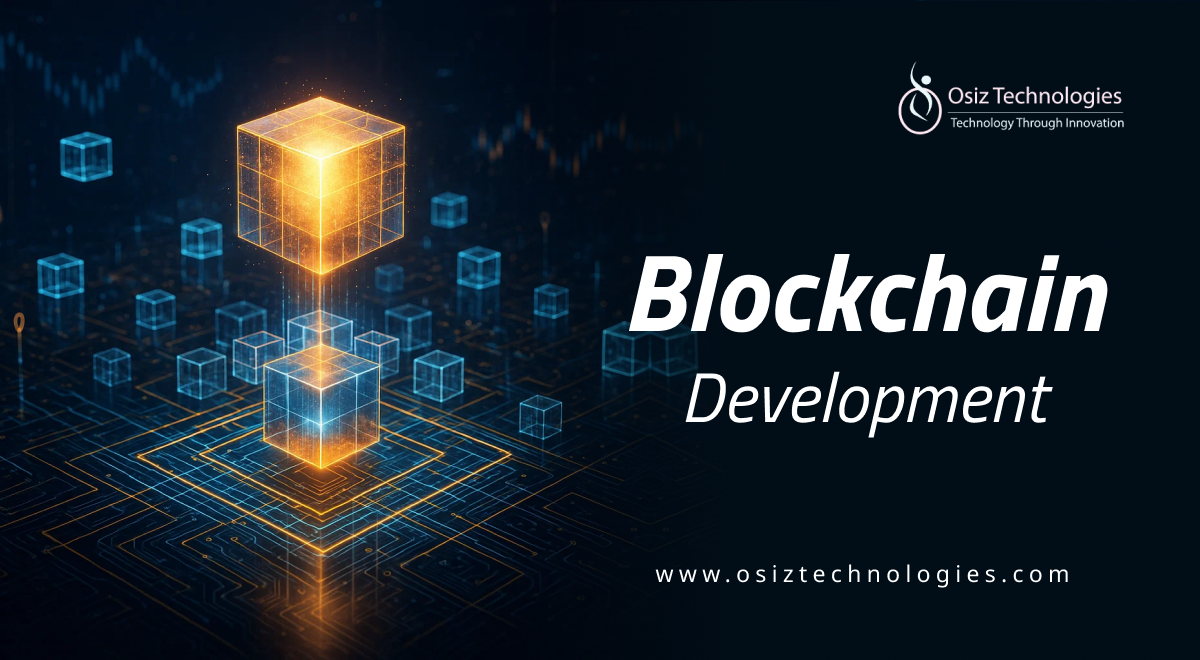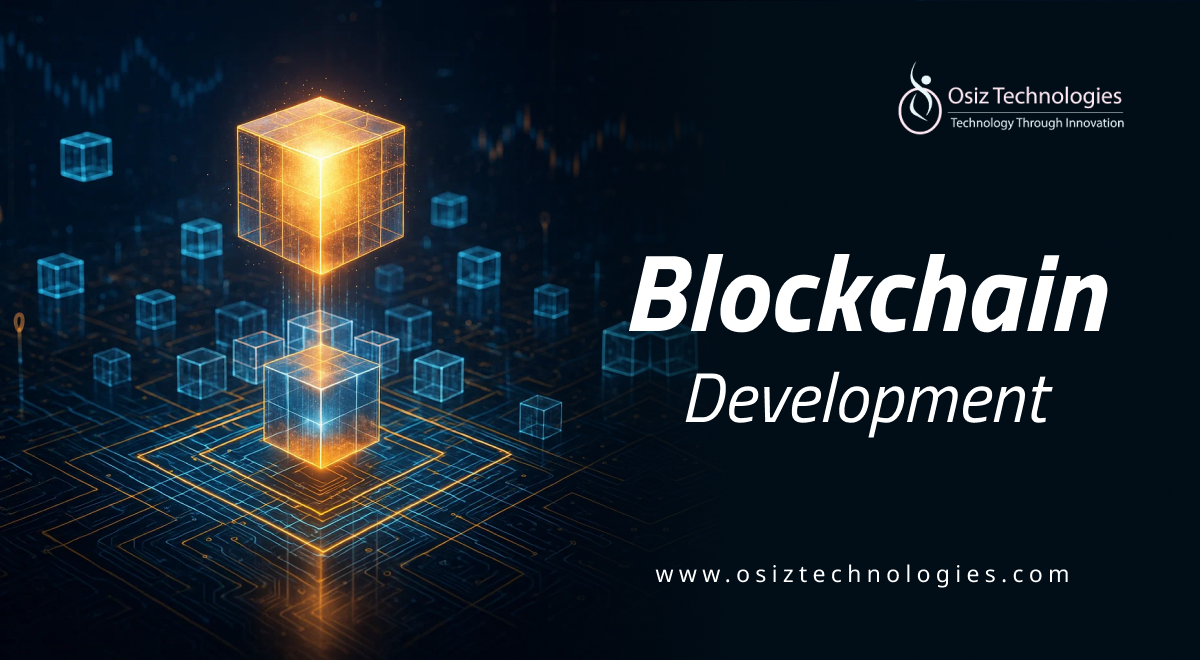The financial world is experiencing a deep transformation, and at the heart of this revolution is Decentralized Finance (DeFi). As blockchain technology evolves and user adoption waves, DeFi is stepping into the spotlight with solutions that challenge the dominance of centralized financial systems. In 2025, DeFi is no longer just a trend, it's an innovative force delivering real-world impact across banking, investing, insurance, and more.
In this blog, we’ll uncover the top 15 DeFi use cases that are redefining how individuals and businesses manage money.
Top 15 DeFi Use Cases
1. Decentralized Exchanges (DEXs)
DEXs such as Uniswap and SushiSwap facilitate peer-to-peer exchange of cryptos in an intermediary-free environment. Customers retain ownership of their assets, minimizing counterparty risk and maximizing anonymity. Liquidity pools provide for the automatic matching of trades via smart contracts.
2. Lending and Borrowing Platforms
Protocols such as Compound and Aave allow people to lend crypto assets to earn interest or borrow an asset in return for collateral. Interest rates are automatically computed depending on supply and demand, and loans are granted immediately in the form of smart contracts.
3. Stablecoins
Stablecoins like DAI or USDC are fiat-backed, and they maintain a peg with the fiat, providing price stability in the unstable crypto markets. They are used extensively in trading, lending, and saving protocols on various DeFi platforms, serving as a prudent store of value.
4. Yield Farming
Yield farming has users stake liquidity into protocols for rewards or more tokens. Yield farming optimizes gains via asset allocation across multiple pools and platforms and therefore is a top DeFi earning strategy.
5. Staking
DeFi staking is locking tokens for validating network activities or governance and subsequently for rewards. It is more geared towards long-term investment as well as securing blockchain networks and making them functional.
6. Synthetic Assets
Synthetix protocols enable the minting and trading of synthetic assets reflecting the value of underlying assets such as stock or commodities. It provides access to the traditional markets through decentralized infrastructure.
7. Insurance Protocols
DeFi insurance platforms such as Nexus Mutual protect against failure in smart contracts, exchange hacks, and other adversities. They operate based on member voting and pooled funds, protecting DeFi participants.
8. Prediction Markets
Forecasting markets like Augur enable users to wager on the result of actual events such as political elections or sporting games. They are secure and transparent as they are decentralized and run by smart contracts.
9. Asset Management
DeFi asset management websites like Yearn Finance invest strategies automatically on behalf of the users to maximize returns. They use vaults and yield strategies to invest assets in an optimized manner across various protocols.
10. Decentralized Autonomous Organizations (DAOs)
DAOs enable decentralized decision-making across DeFi initiatives where the decisions are made by token holders via votes on proposals. This makes it more transparent, community-driven, and democratic protocol development.
11. Cross-Chain DeFi
Cross-chain protocols such as ThorChain facilitate the interoperability of blockchains in a way that users can transfer assets between networks with ease. This eliminates the hurdle of blockchain silos in DeFi.
12. Flash Loans
Flash loans are instant uncollateralized borrowing that needs to be repaid within a block of trades. They are utilized in arbitrage, collateralized trading, and refinancing and are a very robust and niche tool in DeFi.
13. Tokenization of Real-World Assets
DeFi enables tokenization of property or works of art, enabling fractional ownership and liquidity. Subsequently, these can be sold on DeFi exchanges, creating a gateway from conventional finance to decentralized finance.
14. Gaming and Integration with Metaverse
GameFi and metaverses are merged with DeFi to power play-to-earn economies. Staking, lending, or trading virtual game assets, users build interactive financial communities within virtual worlds.
15. Privacy-Focused DeFi
Tornado Cash and comparable protocols facilitate DeFi transaction anonymity using sender and receiver anonymization. With growing concern for privacy, the solutions are attracting more and more interest.
What's Next for DeFi: Future Trends and Innovations?
Regulatory Integration: DeFi will become increasingly regulatory compliant, with protocols like KYC/AML modules in an attempt to attract institutional investors.
Real-World Asset Growth: Increasing numbers of traditional assets (equities, bonds, real estate) will be tokenized and exchanged on DeFi platforms.
Layer-2 Scaling: Integration of Layer-2 solutions (like Arbitrum, and Optimism) will diminish gas charges and augment transaction volume.
AI & Automation in DeFi: Portfolio management, fraud protection, and algorithmic trading frameworks will become increasingly prevalent using AI.
DeFi + CeFi Combination: Banks and centralized exchanges will increasingly combine DeFi services with their product line to form hybrid models of finance.
Wrapping Up:
A Leading Defi development company Osiz is on the cutting edge of DeFi innovation, offering customized DeFi development services from DEX platforms to yield farming protocols. With our experience with deep blockchain knowledge, we help startups and companies materialize their DeFi concepts into robust, scalable, and future-ready solutions. Whether you are building a DAO, insurance protocol, or cross-chain DApp, Osiz is your go-to DeFi development solution.
Listen To The Article
Recent Blogs

Black Friday 30%
Offer











